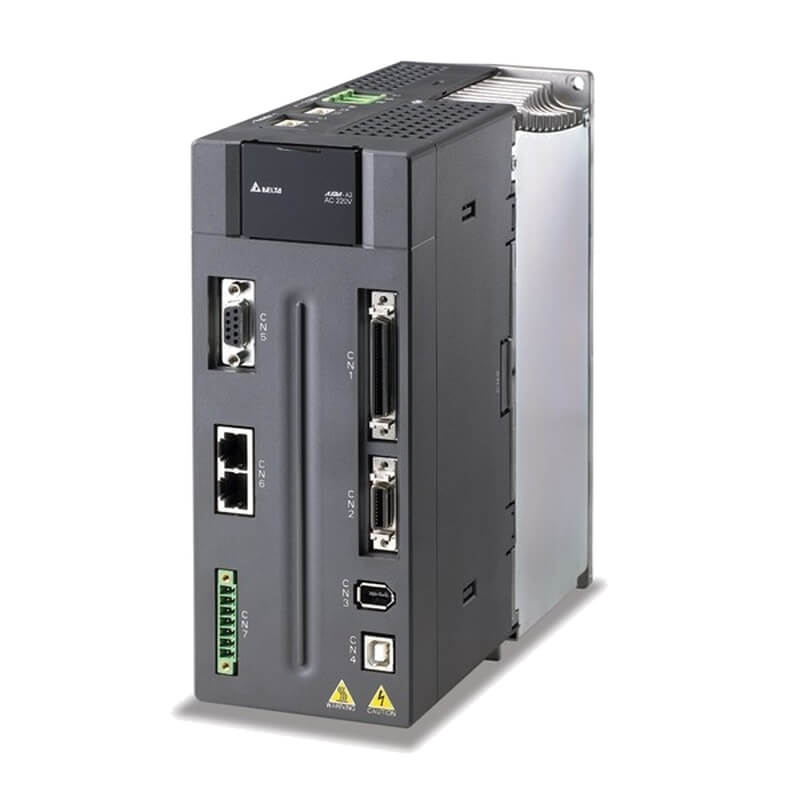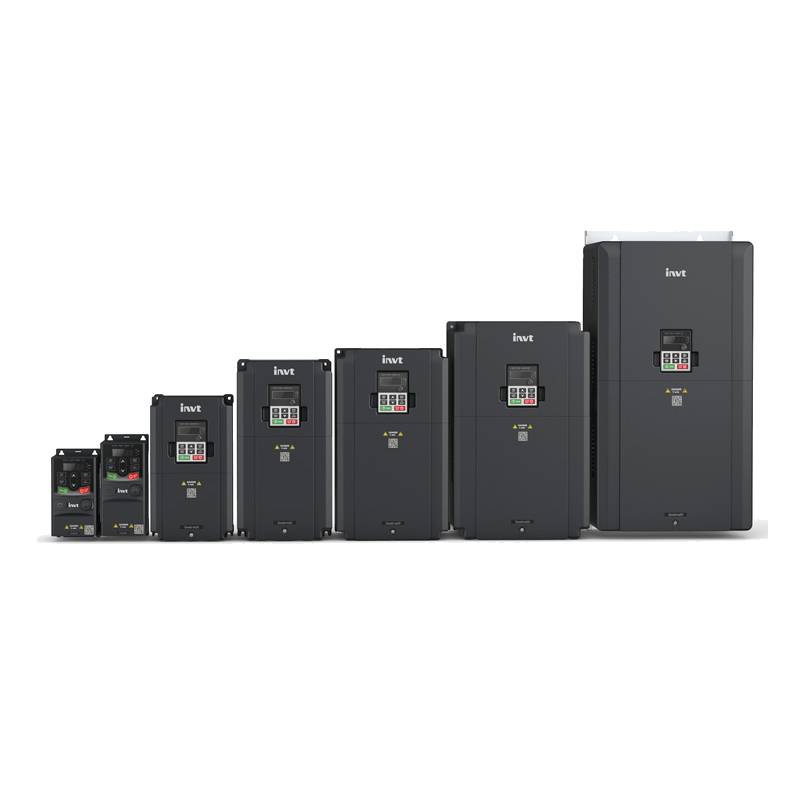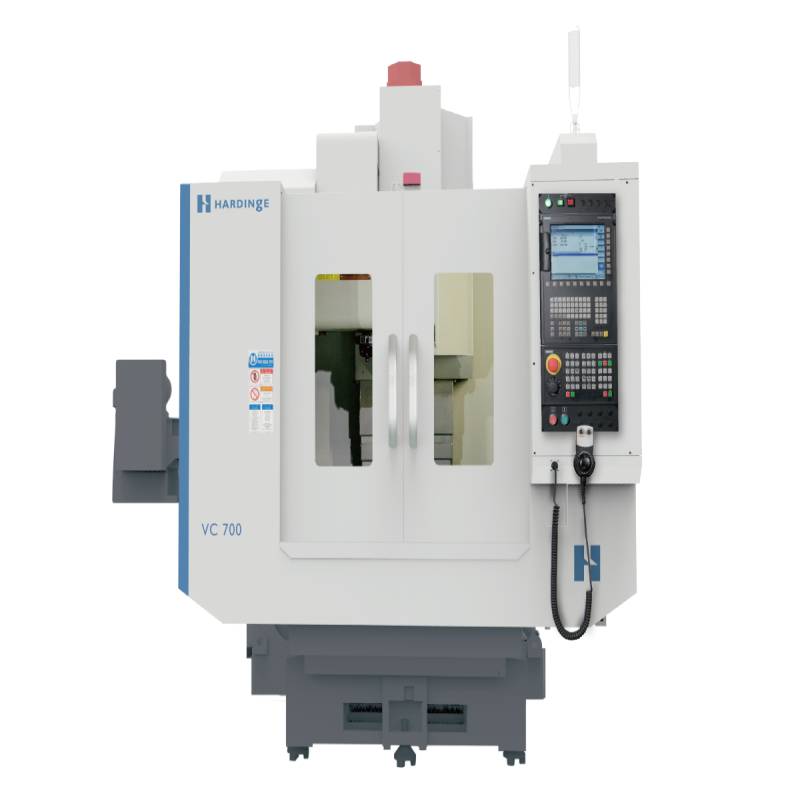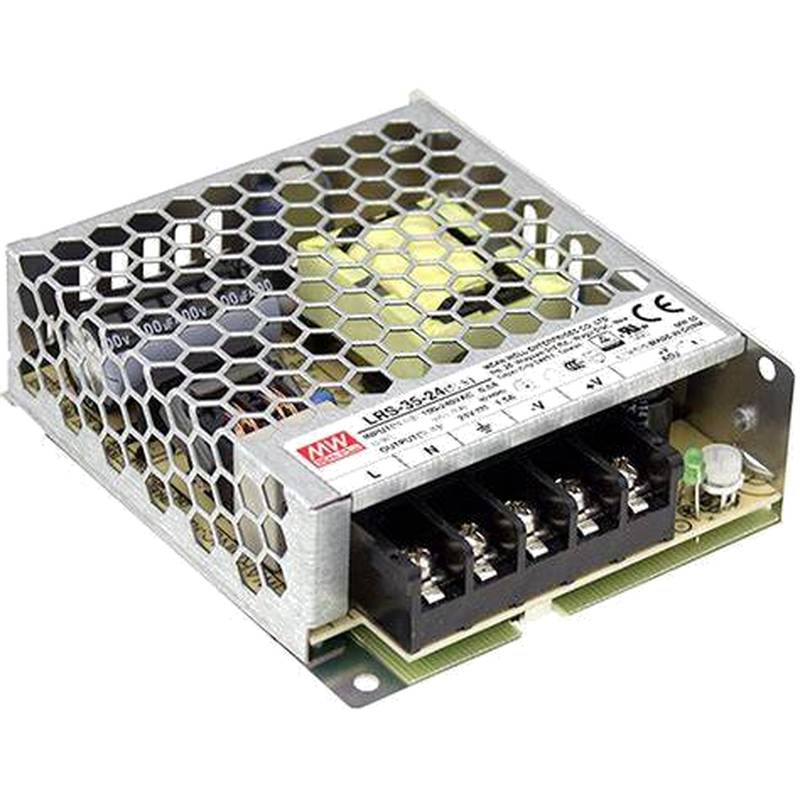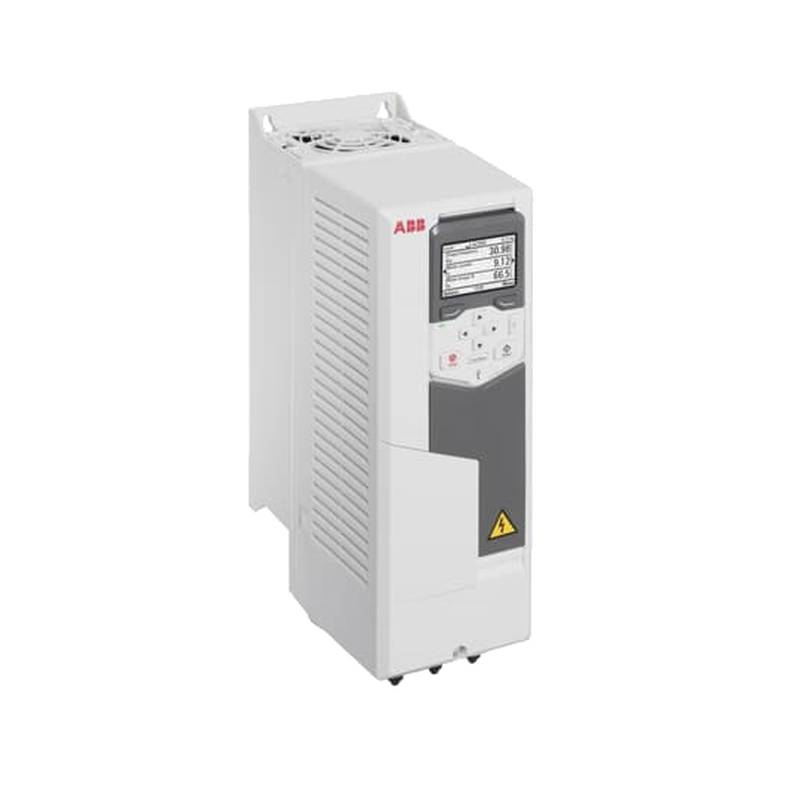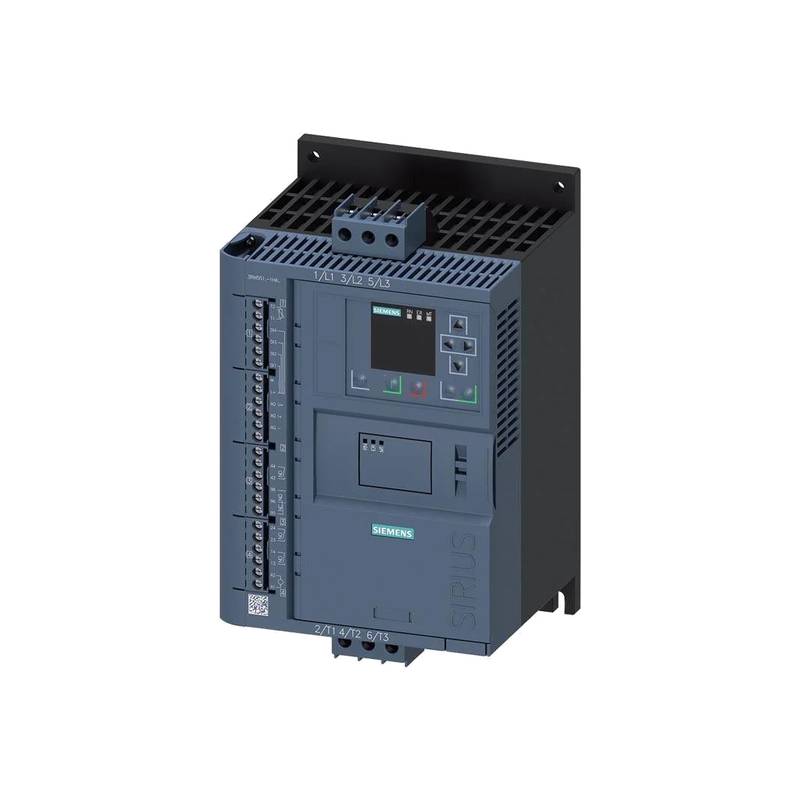
The Siemens 5SU9356-1KK10 RCBO, a 10A 30mA 1P+N Type C device, stands as a pivotal component for robust electrical safety in diverse industrial and commercial settings. This Residual Current Circuit Breaker with Overcurrent protection (RCBO) is engineered to provide simultaneous protection against earth leakage faults and overcurrents, ensuring operational continuity and personnel safety. Its compact design, coupled with a highly sensitive 30mA leakage current detection, makes it an ideal solution for preventing electric shock and fire hazards. The Type C tripping characteristic offers enhanced protection against high inrush currents typical of inductive loads, safeguarding sensitive equipment. With a breaking capacity of 6kA, it effectively interrupts fault currents, preventing damage to downstream circuits.
Siemens 5SU9356-1KK10 RCBO: Product Specifications
| Feature | Specification |
| :-------------------------- | :------------------------------------------ |
| Product Type | RCBO (Residual Current Circuit Breaker with Overcurrent Protection) |
| Model Number | 5SU9356-1KK10 |
| Rated Current (In) | 10 A |
| Rated Residual Operating Current (IΔn) | 30 mA |
| Number of Poles | 1P+N (1 Pole + Neutral) |
| Tripping Characteristic | Type C |
| Rated Breaking Capacity (Icn) | 6 kA |
| Voltage Rating (Un) | 230/400 V |
| Frequency | 50/60 Hz |
| Terminal Type | Screw Terminals |
| Mounting | DIN Rail |
| Protection Class | IP20 (enclosure), IP40 (with cover) |
| Operating Temperature | -25°C to +45°C |
Core Features & Market Positioning
The Siemens 5SU9356-1KK10 RCBO distinguishes itself through its advanced dual-protection mechanism, consolidating the functions of an RCD and an MCB into a single, space-saving unit. This integration simplifies electrical panel design and reduces installation time. Its high immunity to transient disturbances minimizes nuisance tripping, a critical factor in maintaining uninterrupted operations in environments with significant electrical noise. The Type C curve is particularly advantageous for applications involving motors, transformers, and fluorescent lighting, where inrush currents can be substantial. Siemens' reputation for quality and reliability further solidifies the 5SU9356-1KK10's position as a trusted component in demanding electrical installations, offering a superior level of protection compared to separate RCD and MCB combinations.
Key Application Scenarios
This Siemens RCBO is exceptionally well-suited for residential, commercial, and light industrial applications where both earth leakage and overcurrent protection are paramount. It is commonly deployed in distribution boards for:
Socket Outlet Circuits: Protecting against the risks of electric shock from portable appliances and equipment. Lighting Circuits: Safeguarding against faults that could lead to fires. Appliance Circuits: Providing dedicated protection for appliances with higher power demands, such as washing machines, refrigerators, and air conditioning units, where its Type C characteristic is beneficial. Small Motor Applications: Offering reliable protection for pumps, fans, and other small motor-driven equipment commonly found in commercial buildings. Workshops and Garages: Ensuring safety when using power tools and other electrical equipment in environments prone to dust and moisture.
Practical System Integration Guidance
Integrating the Siemens 5SU9356-1KL10 RCBO is straightforward due to its standard DIN rail mounting and familiar terminal configurations. Ensure the incoming power supply is de-energized before commencing any installation work. The line conductor should be connected to the terminal marked 'L' and the neutral conductor to the terminal marked 'N' on the load side. Conversely, the outgoing protected conductors are connected to the respective terminals on the load side. Proper grounding of the distribution board and all connected metallic components is essential. For circuits requiring surge protection, it is recommended to install surge protective devices upstream of the RCBO. Always adhere to local electrical codes and standards during installation.
Operation and Risk Mitigation
The Siemens 5SU9356-1KK10 RCBO operates by continuously monitoring the current flowing through the live and neutral conductors. If an imbalance occurs, indicating leakage current to earth, the RCBO will trip and disconnect the circuit within milliseconds, significantly reducing the risk of electric shock. Similarly, if the current exceeds the rated 10A due to an overload or short circuit, the thermal or magnetic tripping mechanism will activate, protecting the wiring and connected equipment. The device features a test button (typically marked 'T') allowing for periodic verification of the RCD function. Regular testing, as recommended by safety standards, is crucial to ensure the continued operational integrity of the earth leakage protection.
Scalability & Long-Term Value
The modular design of the Siemens 5SU9356-1KK10 RCBO facilitates straightforward upgrades and expansions of electrical protection systems. It is fully compatible with Siemens' extensive range of modular DIN rail devices, allowing for easy integration into existing or new distribution boards. This compatibility ensures that as electrical loads change or additional protection requirements arise, the system can be adapted without extensive re-wiring. While this specific model is not directly IIoT enabled, its reliable performance contributes to the overall stability of a smart building or industrial control system, indirectly supporting digital integration by providing a secure and dependable power foundation.
Frequently Asked Questions
Q1: What is the main function of the Siemens 5SU9356-1KK10 RCBO?
This RCBO provides dual protection against electrical faults. It simultaneously detects and interrupts circuits experiencing earth leakage.
It also safeguards against overcurrents such as overloads and short circuits. This combined functionality enhances safety and simplifies panel design.
Q2: What does the "10A 30mA C" designation mean for this RCBO?
"10A" signifies the maximum continuous current the device can handle. "30mA" indicates the high sensitivity for earth leakage detection.
"C" refers to the tripping curve, suitable for inductive loads with higher inrush currents. This designation is critical for correct application.
Q3: Where is the Siemens 5SU9356-1KK10 RCBO typically installed?
This RCBO is commonly installed in main distribution boards or sub-distribution boards. It is ideal for protecting individual circuits in residential, commercial, and industrial settings.
Specific applications include protection for socket outlets, lighting, and appliances. Its compact size allows for efficient use of panel space.
Q4: How does the Type C tripping characteristic benefit my electrical system?
The Type C curve is designed for circuits with moderate surge currents. This includes loads like fluorescent lighting, motors, and transformers.
It prevents nuisance tripping caused by temporary high inrush currents during equipment startup. This ensures operational continuity for sensitive loads.
Q5: What is the breaking capacity (6kA) of this RCBO and why is it important?
The 6kA breaking capacity denotes the maximum fault current the RCBO can safely interrupt. This ensures protection against severe short circuits.
A higher breaking capacity provides greater protection for the electrical installation and connected equipment. It prevents catastrophic damage during fault events.
Q6: How do I test the earth leakage protection function of this RCBO?
Locate the test button, usually marked 'T', on the front of the RCBO. Ensure the circuit is energized and the RCBO is in the ON position.
Press the test button; the RCBO should trip, disconnecting the power. This confirms the earth leakage detection and tripping mechanism is functional.
Q7: Can I use this RCBO for both AC and DC circuits?
The Siemens 5SU9356-1KK10 RCBO is designed for AC circuits only. It is specifically rated for 230/400V AC systems.
Using it on DC circuits can lead to malfunction and significant safety hazards. Always confirm the operating voltage and current type for the application.
Q8: What are the implications of nuisance tripping with an RCBO?
Nuisance tripping means the RCBO trips without a genuine fault, often due to transient surges. This can disrupt operations and cause inconvenience.
Selecting the correct tripping characteristic (like Type C) helps mitigate this. It indicates an issue with the load or installation if frequent.
Q9: Is this RCBO compatible with other brands of electrical components?
While RCBOs operate on standard principles, compatibility with other brands can vary. It is best practice to use components from the same manufacturer for optimal system integration.
Siemens components are designed to work seamlessly within their own ecosystem. Always check manufacturer guidelines for inter-brand compatibility.
Q10: What safety precautions should I take when installing or working with this RCBO?
Always ensure the main power supply to the circuit is completely de-energized. Use appropriate personal protective equipment (PPE).
Follow all local electrical codes and regulations during installation. If unsure, consult a qualified electrician for safe installation and maintenance.
















